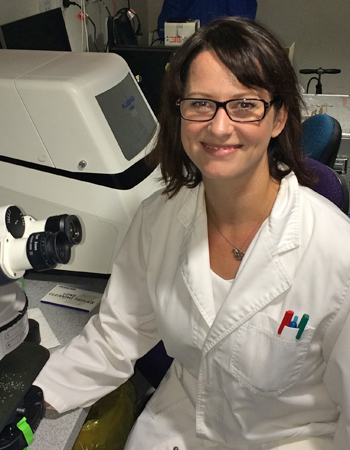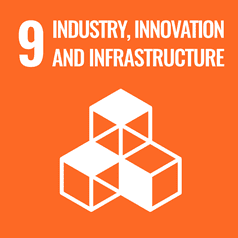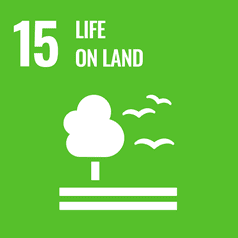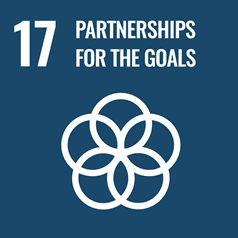
Harnessing research for reproductive success
World-leading reproduction researchers have created a commercially viable product that’s improving fertility in horses and may hold promise for IVF treatment in humans.
Harness racing is a multi-billion-dollar industry that supports Australian jobs, tourism, regional economies and revenue. But breeding quality horses has long been a challenge due to low fertility rates in horses compared to other livestock.
Even when conception occurs, early embryo loss is common. Success rates for artificial insemination are also low, averaging between 45 and 65 percent. Given it takes roughly twice the number of inseminations per cycle to produce an equine pregnancy, the artificial insemination process is costly, labour-intensive and invasive for mares.
University researchers have applied their expertise in reproductive sciences to improve breeding practices and create a commercially viable product that’s delivering better fertility outcomes while saving the harness industry time and money.
Associate Professor Zamira Gibb – one of Australia’s premier animal fertility experts – was the first to discover how stallion sperm cells produce energy. This led to new methods for assessing sperm quality and keeping cells alive longer.
In collaboration with Harness Racing Australia and the Hunter Valley Equine Research Centre, she and her colleagues set out to improve fertility testing, reduce stress on sperm cells, and develop better ways to store and handle horse semen.
In 2018, the research team developed a nutrient-rich liquid that keeps sperm alive for up to two weeks at room temperature. This world-first discovery has been proven to double the success rate of artificial insemination.
The liquid medium is undergoing commercial development as SpermSafe™. It’s currently available under a research agreement, with veterinarians using the technology while collecting data on sperm motility, timing and pregnancy outcomes to support ongoing research.
The research team is now applying the knowledge and technology behind SpermSafeTM to human fertility, with the aim of enhancing sperm survival and motility while minimising DNA damage during IVF procedures.
With over half of all human infertility cases related to sperm quality, the technology could fundamentally shift human IVF cell preservation methods and success rates globally.
IMPACT
- The liquid medium in SpermSafeTM maintains motility, viability and fertilisation ability of stallion sperm for up to 14 days. This reduces the need for frequent semen collection and cuts reliance on expensive imported sperm and stallions – which could save up to $40,000 per animal.
- The first foal bred using the SpermSafeTM technology was born on Christmas Day 2018 in Tamworth NSW. Equine veterinarians in Australia and New Zealand have been routinely using SpermSafe in their breeding programs since then. The product is available to ship to veterinarians globally.
- Dr Aleona Swegen – one of the co-developers of SpermSafeTM and a member of the Hunter Medical Research Institute’s Infertility and Reproduction Research Program – won the inaugural Newcastle Permanent Innovation Accelerator Program and $200,000 to fast-track the commercialisation of SpermSafeTM for human IVF treatment.
- The research team partnered with Meat and Livestock Australia to develop a similar product for cattle, which keeps bull sperm viable for up to 10 days. It is now patented and in licensing discussions.
- They also developed the Equility device to measure sperm metabolic rates in thoroughbred horses. This helps breeders make informed decisions about artificial insemination practices and timeframes.
More information:
Associate Professor Zamira Gibb
P: +61 2 4921 5637
E: zamira.gibb@newcastle.edu.au
Last updated September 2025

Dr Zamira Gibb
Our research is improving equine breeding practices and delivering better fertility outcomes.
Aligned with the United Nations Sustainable Development Goals
Read more research impact case studies
The University of Newcastle acknowledges the traditional custodians of the lands within our footprint areas: Awabakal, Darkinjung, Biripai, Worimi, Wonnarua, and Eora Nations. We also pay respect to the wisdom of our Elders past and present.



